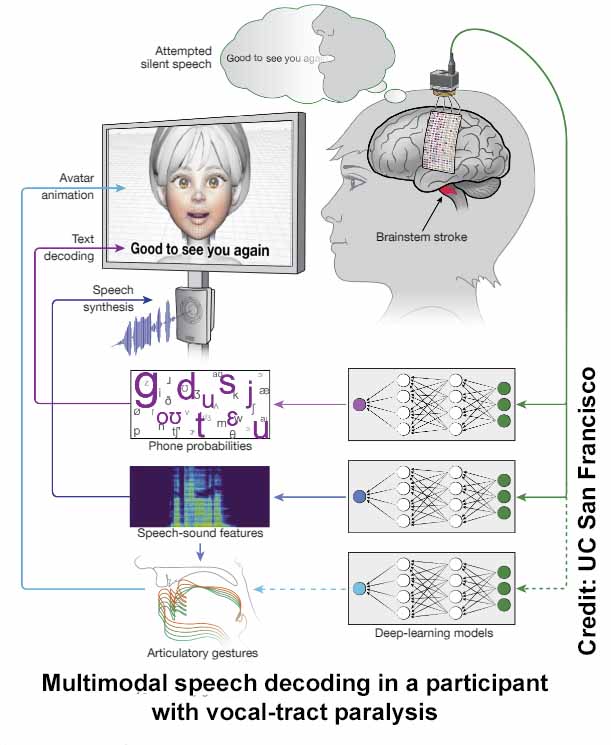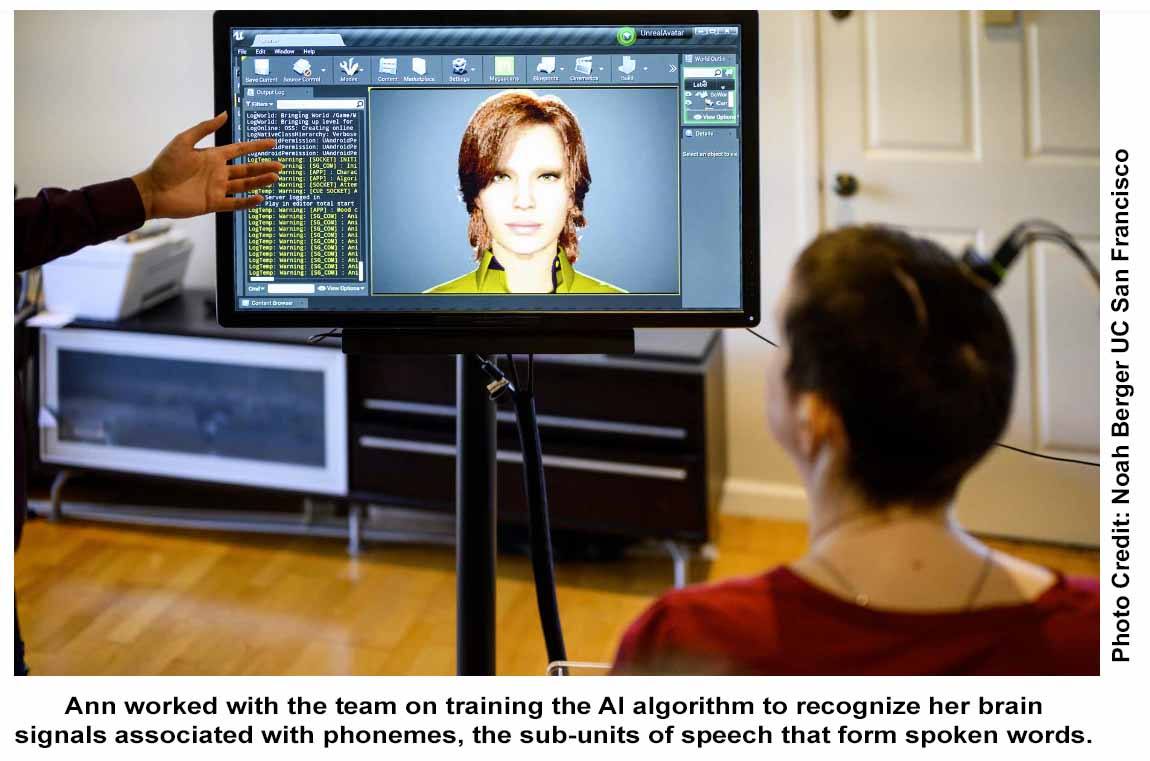

An AI Empowered Medical Breakthrough
Sept/Oct 2023
The battle over the use of ChatGPT in the classroom is now raging in the news. In this column we are going to take a look at some of the positive achievements that Artificial Intelligence, including ChatGPT, is now making in the field of medicine. Specific applications of Artificial Intelligence include Natural Language Models; ChatGPT is the most popular one at this time. AI also includes Machine Vision and Expert Systems. A machine vision system sees with cameras and the AI software interprets what the cameras see to take appropriate action. The collision avoidance system in new cars is a perfect example of a machine vision AI application. An AI Expert System has the ability to do the full job that once could only be done by a human being. The perfect example is a self-driving car.
In the field of medicine, we now have AI systems diagnosing diseases by analyzing medical tests. We also have the AI enhanced Da Vinci ® Robotic Surgical System partnering with surgeons to perform complex surgeries. The newest breakthroughs are implanting sensors in the brain, spinal cord or other parts of the body to restore human functions that have been lost due to disease or accidents.
For example, a team of researchers From UC San Francisco and UC Berkeley recently restored a patient’s ability to speak by creating a medical procedure that brought all the different functionalities of AI to solve the problem. Their latest research was just published on August 23, 2023 in the Nature Medicine Journal (Read the published research)
Synopsis of their medical breakthrough
The 30-year-old patient had lost her ability to speak as a result of a brain stem stroke that paralyzed the muscles of her body. The words that we are going to say are formulated inside the speech area of our brain and then sent to the muscles that will move all the internal structures (mouth, tongue, lips and larynx) needed to convert the air you expel from your mouth into speech.
The neurosurgeon implanted sensors needed to learn what her brain waves equaled when she mentally spoke different words. Ann, the patient, spent hours mentally repeating the sounds that make up words so that the implanted brain sensors could identify which brain waves equal different words. The UC San Francisco and UC Berkeley medical research team created a “brain-computer Interface” which allows their AI program to convert this brain speech into words which was then sent to a Natural Language Model like ChatGPT to organize her brain speech into cogent words and sentences that could be spoken aloud by a speech synthesizer. Besides converting her speech thoughts into speech that can be spoken at 80 words a minute they also used computer vision and an avatar, that looks just like her, to create her animated vibrant face to do the speaking on a computer screen. See photo and also watch this UCSF YouTube video to gain more insight about this medical breakthrough. The hope is that this breakthrough research will soon lead to FDA approval so this restorative technology can help people who lost their ability to speak through illness or a physical accident.
There are many medical research institutions working on brain interfaces to restore human functionality. On June 5, 2023 a representative from the US Food and Drug Administration (FDA) confirmed that Neuralink received an “investigational device exemption” approval to start human trials. Neuralink, like the above study plans on reading brainwaves through an implanted device that can transmit physical signals to move paralyzed muscles. This video can give you further insight on what Neuralink is trying to test as they now start human trials.
Taking it a Step Further
If Neuralink or other companies come out with a brain interface that doesn’t require surgical implantation what would you want it to do?
Working in groups of three to four students see which group can come up with the most creative uses for their brain computer/smartphone interface.
I have been giving presentations on new and emerging technologies, historical development of different areas of technologies and even more whimsical from Science Fiction to Reality. Let me know if you would like to have me visit your classroom via Zoom to discuss a new and emerging technology. Alan Pierce EdD pierceaj@techtoday.us


